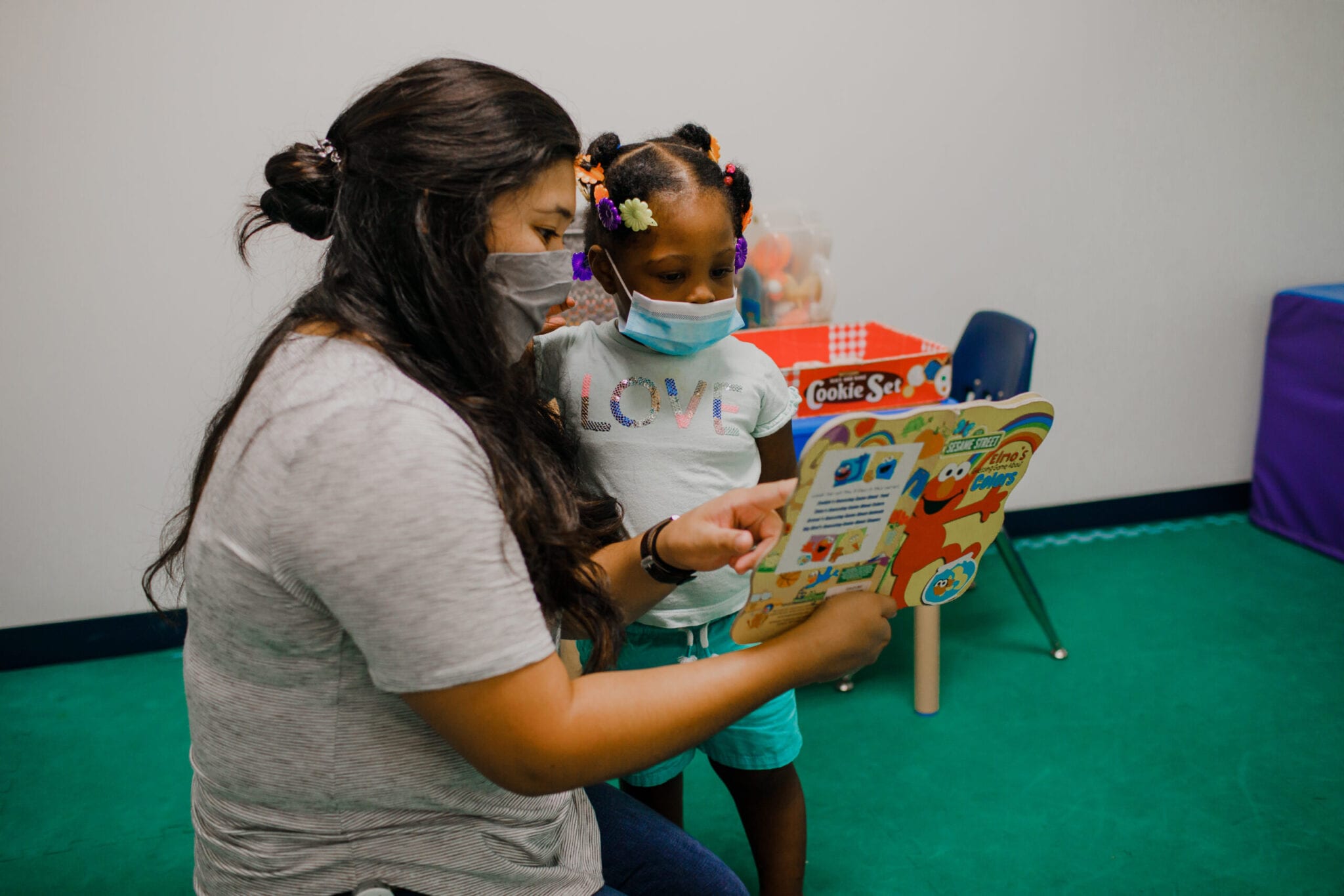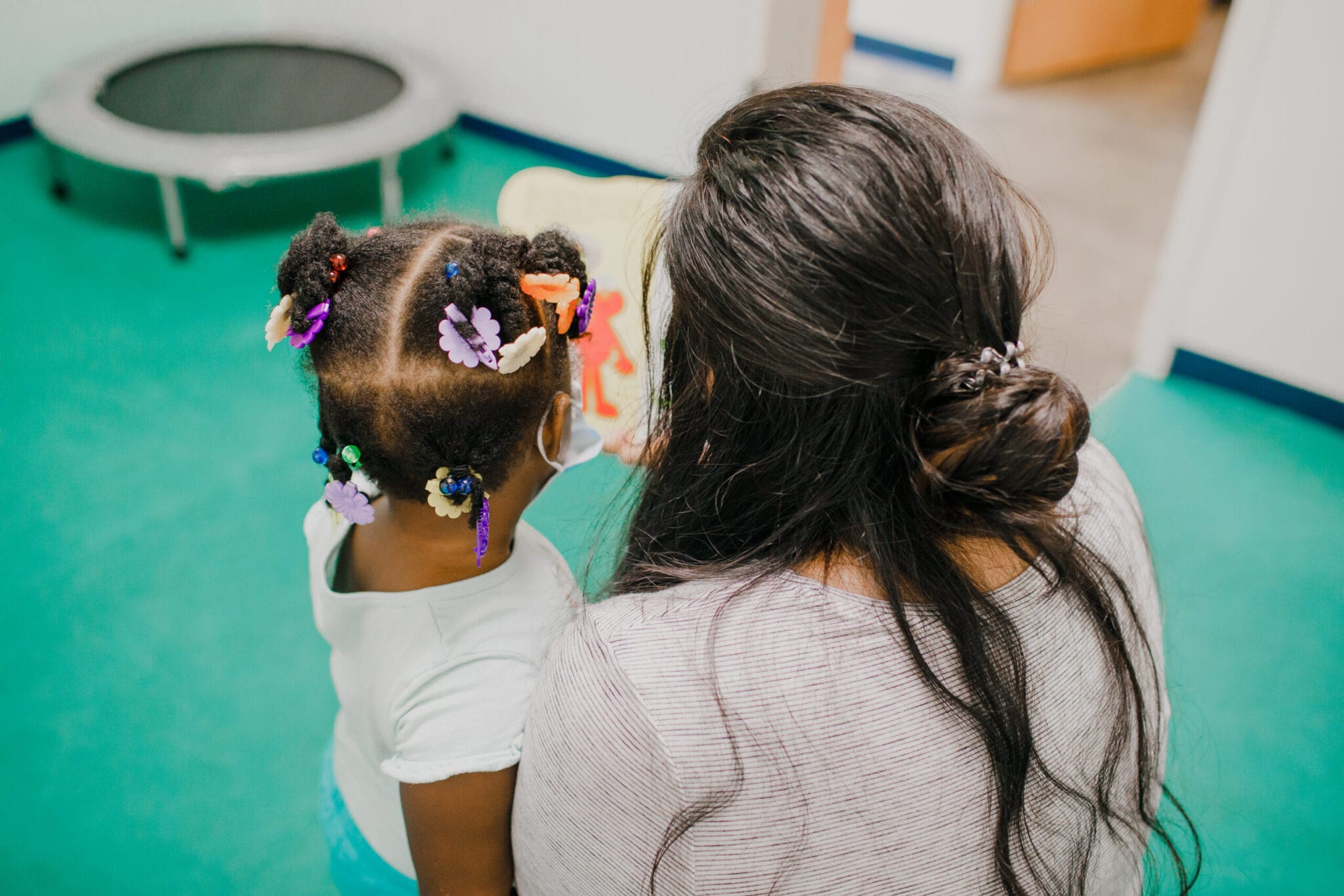Welcome to the final week of our 4-part series on Phonological Awareness! This week we are covering blending! Of all the components we have covered, this one will likely make the most sense to you. It is probably what you think about when you think about learning to read. So how can we support our children’s ability to blend sounds together to make and read words?
Blending is a key skill to reading. We blend sounds together to create words and we blend words together to make sentences! It comes as no surprise that when we explicitly teach how to blend words together, our children grow to develop stronger reading fluency. This is not an easy feat. Blending requires that a child knows the sounds related to the letters, is able to hold those in their minds as their eyes pass over the words, and then be able to blend them into recognizable words….but did you know you can work on blending before sound-letter correspondence is fully established? See the activities and video below to learn how to teach this skill to your children who are working at the pre-literacy or emerging reader level.


Work with your child to increase their ability to blend parts of words and sounds in words together to create a whole word. This pre-literacy phonological awareness skill will help facilitate their reading.
- Think aloud to combine words that come up in conversation with your child. “Wow, I heard you say ‘hot’ and then later in your sentence you said ‘dog.’ I just realized–if you put those together, it makes ‘hot dog!'”
- Illustrate compound word parts together. Draw a cow, and then a boy, then a cowboy! Draw space, and then a ship, then a spaceship!
- Use toys around the house like trains, Barbies, markers, whatever you can find–set out 3-4 toys and practice tapping the objects while you rehearse the parts of a sentence: “I (tap) – want (tap) – a (tap) – cookie (tap).” Then have your child swipe over the toys with a “magic wand” or their hand to “magically” put the sentence together and say “I want a cookie!”
- Play I Spy using things you see around the room or toys your child is playing with. Sound out the object you spy for them: “I spy a d-o-ll” or “I spy a c-a-t” and see if your child can find what you sounded out!
- Tap syllables on blocks to rehearse them together–“ta-ble,” “ta-ble,” and then let your mover or shaker slam the blocks together while blending the word. “Table!
If you are worried about your child’s literacy skills (at any level), Emerge is here to help!
We offer:
- Individual reading tutoring and therapy with the Orton Gillingham and LiPS approaches (both in person and virtually).
- Groups!
- Depending on the demands we try to offer a variety of groups, so with focuses on literacy and pre-literacy skills.
- Fall 2020 we are offering a virtual group call Preschool Projects – which has a pre-literacy component!
Click here to sign up for individual services in Durham.
